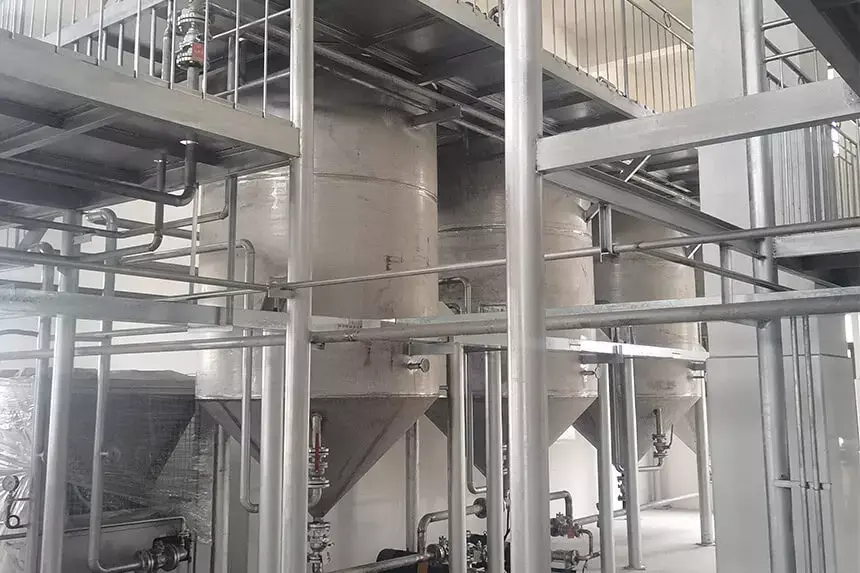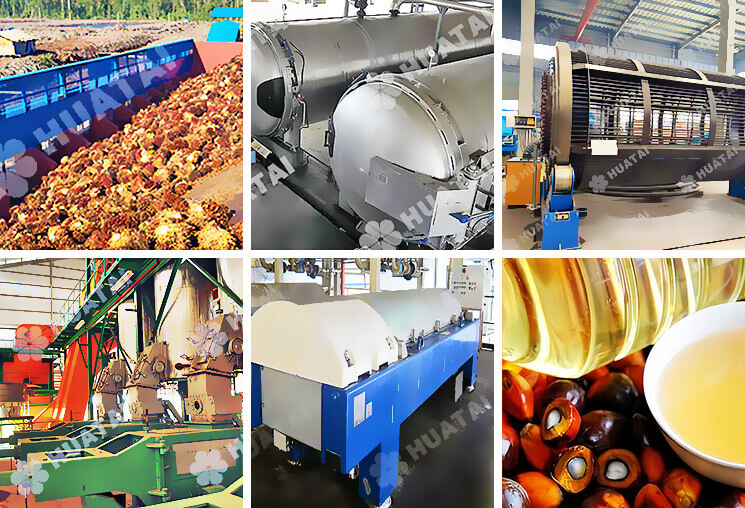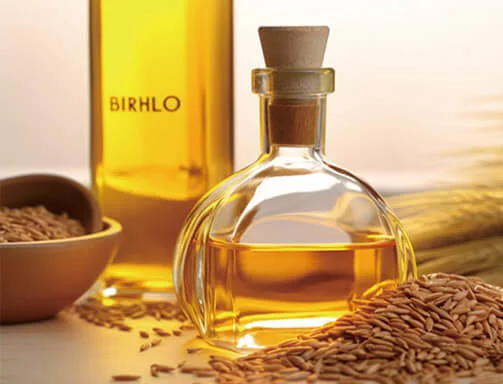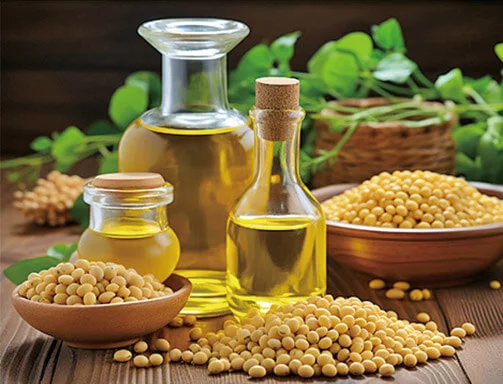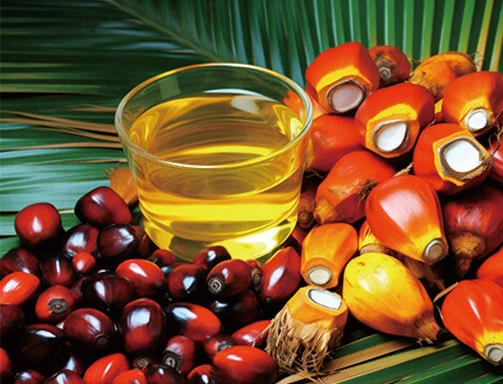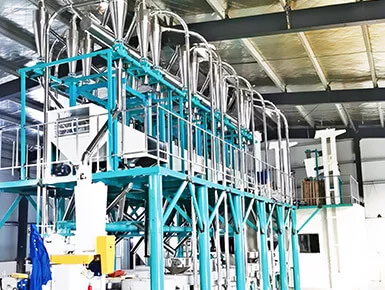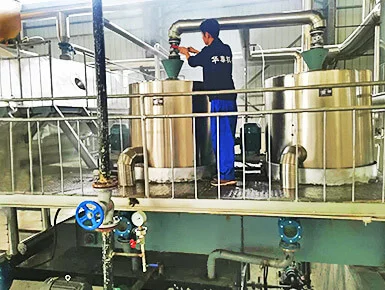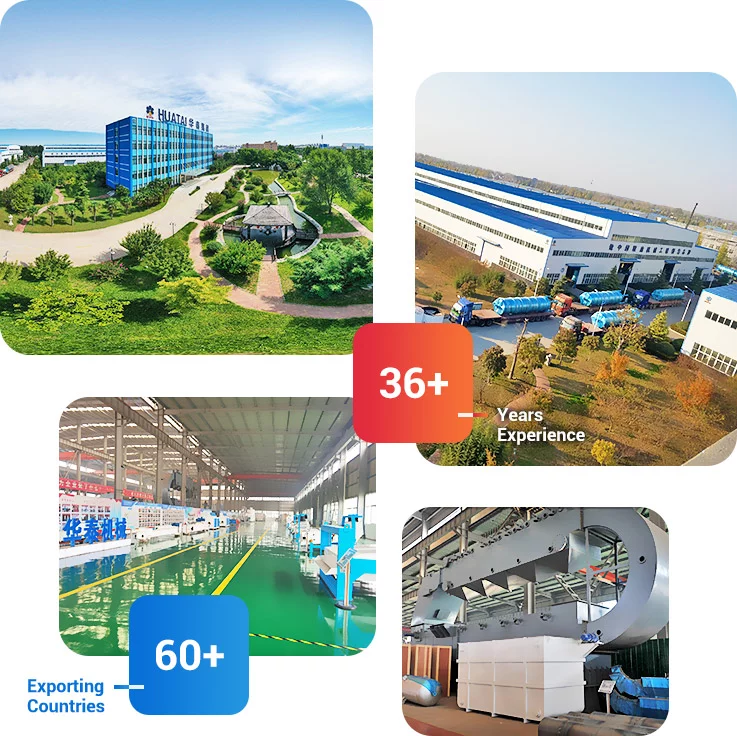![What is deacidification of palm oil?]()
Introduction
The deacidification of palm oil removes free fatty acids (FFAs) to improve taste, shelf life, and quality, typically using chemical (alkaline) or physical (steam) methods.
In this article, you will learn the complete process of palm oil deacidification: pretreatment, neutralization, separation, washing, bleaching and deodorization, ensuring the final palm oil quality control to low FFA level (<0.1%).
Step #1: Pretreatment
Before deacidification, the palm oil undergoes pretreatment, primarily degumming, to remove phospholipids (gums) that could interfere with neutralization. (Read More about: degumming process of palm oil >>)
Phosphoric acid (0.05-0.1% by weight) is added, and the mixture is heated to 80-90°C to hydrate gums, which are then separated via centrifugation or settling.
Gums can form emulsions with alkali, complicating separation and increasing refining losses. For palm oil, with low phosphorus (10-20 mg/kg), water degumming (5-10% hot water at 80-90°C) is often sufficient.
Equipment: Degumming tanks, heat exchangers, and centrifuges are used, with automated systems for large-scale operations ensuring efficiency.
![Palm oil degumming process in refining]()
Step #2: Alkaline Neutralization
This step is the core of chemical deacidification, where sodium hydroxide (caustic soda, 10-20% solution) is added to neutralize FFAs.
The dosage is typically 1.1 times the weight of FFAs present, calculated via titration, and the reaction occurs at 85-95°C for 15-30 minutes with constant stirring.
Mechanisms: FFAs react with NaOH to form sodium salts of fatty acids (soapstock) and water, reducing acidity. The process is effective for oils with FFA levels up to 5%, common in palm oil.
Temperature is critical—too low slows reaction, too high causes hydrolysis of triglycerides, forming more FFAs.
Step #3: Separation
After neutralization, the mixture contains refined oil, soapstock, and water. Separation is typically done via centrifugation at 3000-5000 RPM, leveraging density differences (soapstock is denser, ~1.05 g/cm³, vs. oil at ~0.91 g/cm³). Some setups use settling tanks for smaller operations, though slower (2-4 hours retention).
Efficient separation minimizes oil loss in soapstock and ensures clean oil for subsequent steps. Centrifuges are preferred for industrial palm oil processing plants.
Practical Tip: Check centrifuge speed—too slow leaves soap in oil, too fast risks oil loss.
![Palm oil bleaching process in refining plant]()
Step #4: Washing
Because residual soap and alkali may remain, the oil is washed with hot water (90°C, 10-15% of oil volume) to dissolve these impurities. Washing also reduces moisture, preventing hydrolysis during storage.
The mixture is agitated briefly, then separated again via centrifugation or settling to remove water and dissolved soaps.
Variables: Water temperature (90°C) is crucial—too hot forms emulsions, too cold reduces efficiency. Multiple washes may be needed for high-FFA oils, but single wash is typical.
Step #5: Bleaching and Deodorization
Bleaching removes color pigments and residual soaps using activated clay (1-2% by weight) at 90-120°C under vacuum for 20-30 minutes, followed by filtration. (Read More about: palm oil bleaching process >>)
Deodorization removes odors and volatile compounds by heating to 240-260°C under vacuum (2-6 mbar) with steam (1-3% flow rate) for 1-2 hours. (Related Post: deodorization process of palm oil >>)
Equipment: Bleaching vessels, vacuum systems, and deodorization towers are used, with heat exchangers for energy recovery during cooling.
![Palm oil deodorization process]()
Step #6: Quality Control
Post-deacidification, test the palm oil for several parameters:
- FFA Content: <0.1%, measured via titration.
- Moisture Content: <0.05%, using Karl Fischer titration.
- Peroxide Value: <1 meq/kg, via iodometric titration.
- Color: Light yellow, assessed by colorimeter.
- Odor: Neutral, checked by sniff test or gas chromatography.
- Clarity: No haze, visual inspection.
Conclusion
The deacidification of palm oil is vital for producing high-quality, stable palm oil, involving pretreatment, alkaline neutralization, separation, washing, bleaching, deodorization, and quality control.
As a professional palm oil extraction machine manufacturer, we can customize the most suitable palm oil refining plant for you according to your needs and investment costs. It should be noted that it is impossible to obtain high-quality palm oil by processing only one part of the palm oil refining process. If you need palm oil refining machine, please feel free to contact us.
References:
![]() Service Coverage
Service Coverage
![]() FAQ
FAQ


